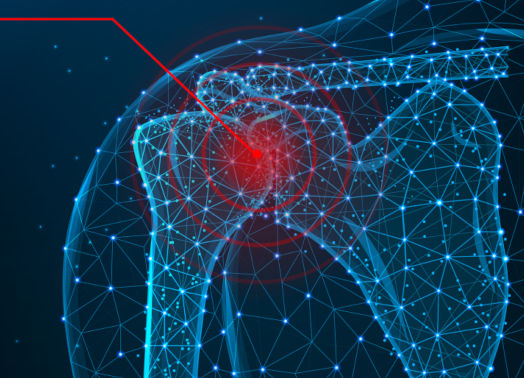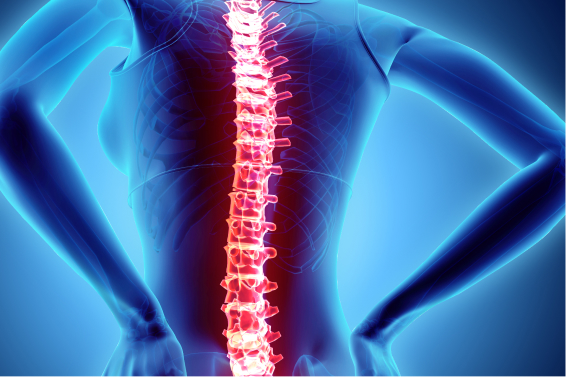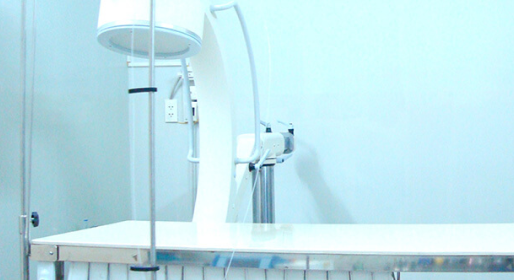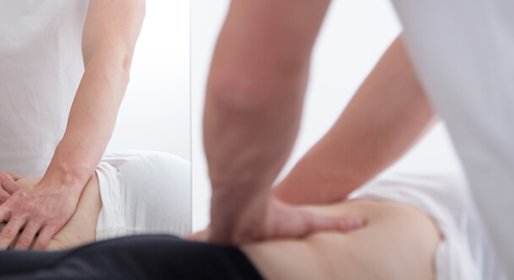Treatment of ankle pain in Munich
Ankle
Diagnosis of ankle pain in Munich
At the beginning, the focus is on a detailed discussion with the patient about the medical history and causes. This is followed by a detailed clinical examination with a movement check to determine the exact extent of the functional impairment. In many cases we use what are known as imaging procedures; these are helpful to consolidate the diagnosis. Ultrasound (sonography), x-rays, magnetic resonance imaging (MRT) or computed tomography (CT) are available. We then create a therapy concept that is individually tailored to the patient and initially focuses on the broad spectrum of conservative treatment options. This will usually treat you effectively and safely for most ankle complaints.
Your advantages at OrthoCenter Munich
- Orthopedic treatment focus on spinetherapy
- Wide range of conservative and operative procedures
- Gentle procedures in focus: Dr. Riedel specializes in gentle pain therapy. He was head physician in various pain clinics for over 20 years
- Joints and surgical expert: Prof. Dr. Lill specializes in the treatment of joints. He has years of experience in the field of minimally invasiveand arthroscopic ops.
- Cooperation with clinics and research institutes worldwide
- Renowned private practice: the OrthoCenter is internationally known and repeatedly welcomes patients from abroad who come to Munich for treatment
OUR ORTHOPEDIC SERVICES FOR PAIN IN THE ANKLE
Torn ankle ligaments
Symptoms & Diagnosis:
Immediate and sharp pain is always felt when one tears or injures their ankle ligaments. As a rule, swelling will simultaneously occur as a result of increased blood flow to the injured tissue and damage caused to blood vessels. The injured ankle can no longer support weight. There are several treatment options to consider with the guidance of your orthopaedic specialist.
The first step is to take advantage of special x-ray technology, which will pinpoint exactly where the damage has occurred. The x-ray image will also give insight as to whether or not damage has occurred to either bone or cartilage. At the same time, this will help rule out a rupture of the ankle’s syndesmosis ligament. If a rupture is found, immediate surgery is required. A simple ligament tear does not necessarily require surgery.
Treatment:
To begin treatment, all weight must be taken off the affected leg. Specially designed orthopaedic devices will keep the ankle immobilised. Depending solely on pain, you may or may not be able to begin putting weight on the affected ankle over a period of twelve weeks. If your ligament tear is accompanied by bone damage, surgery may be necessary. Here, the bone injury will be mended with screws, the torn ligament will be sewn together and loose bits of bone and cartilage will be removed. A torn ligament usually heals by itself, so surgical treatment is rarely necessary. Damage to the syndesmosis ligament is a critical injury and should be treated by a specialist as soon as possible.
Impingement syndrome ankle
Causes & Symptoms:
In recurrent injuries in the area of the tibia and the anterior ankle arise so-called osteophytes. It involves bone protrusions in the form of spikes or bumps. Even a flat thickening of the bone structure may arise. Over time, this will inevitably lead to a herniation of the ankle or the soft tissue, which is manifested by pain.
Continuous micro-injuries are the leading cause of impingement of the ankle (OSG). A herniation of the ankle is initially connected only to load-dependent pain. By the time serious cartilage damage can occur. And a treatment of the disease is essential.
Treatment:
The herniation of the ankle is certainly worthy of treatment, especially because it can lead to cartilage damage to an ankle arthritis blasted by osteophytes. As part of an arthroscopic surgery, bone protrusions and bulges are removed from the tibia and removed from the ankle. Already are complications occurred, they must be treated separately.
Ankle cartilage damage
Causes:
Ankle cartilage damage can have negative effects, specifically the early onset of excessive wear. Ankle arthritis is a possible effect of this condition. Cartilage damage usually occurs as part because of an injury. The common causes of cartilage damage are usually over-burdening of the ankle or improper loading. These lead to additional stress and wear on the cartilage, causing symptoms that include pain. Getting rid of these causes and negative factors is the primary form of treatment in dealing with cartilage damage.
Treatment:
The treatment of ankle cartilage damage can only be considered a success when the cause of the damage has been identified and dealt with. Treatment is designed based on the progression of the damage. As cartilage can slowly rebuild itself, the first step to take is the prevention of further cartilage damage and loss. Physiotherapy is generally a preferred form of treatment. If the cartilage has been severely damaged, repairs can be made by way of surgery. Bone marrow stimulation and cell transplantation and replacement are the usual surgical methods.
Ankle arthritis
Symptoms:
Different causes can be behind a case of ankle arthritis. Generally patients will have experienced some sort of injury. Ligament injuries or loose pieces of cartilage and bone dislodged during an accident can lead to arthritis over time. Misalignment of the ankle in relation to the leg and foot can also cause arthritis to develop. Affected patients’ usual symptoms include pain that gets worse as time passes. Patients may also develop a limp to compensate for the pain. Treatment of each case of arthritis, as well as removal of the causative factors, are necessary.
Treatment:
The chances of complete recovery are always better the earlier your case of arthritis is treated. A timely and accurate diagnosis is therefore crucial. During the early stages, arthritis can be treated with orthopaedic devices such as shoes, physical therapy or physiotherapy, in order to ease the symptoms and to prevent progression of the condition. Advanced cases of ankle arthritis may require surgery. Each case of ankle arthritis is different and therefore will have different treatment options. Ankle arthritis is a very common condition that can have many causes. Only an accurate diagnosis and rapid treatment of the contributing factors will afford a rapid recovery.
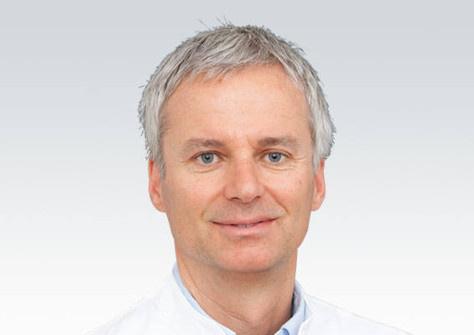
Your ankle specialist Prof. Dr. Lill
YOUR CONTACT FOR ANKLE PAIN
If you have questions about your ankle problems and you would like them to be answered by an expert make an appointment with Professor Dr. med. Lill!

